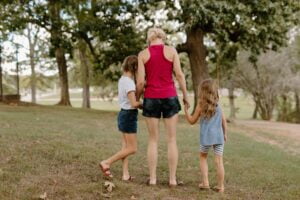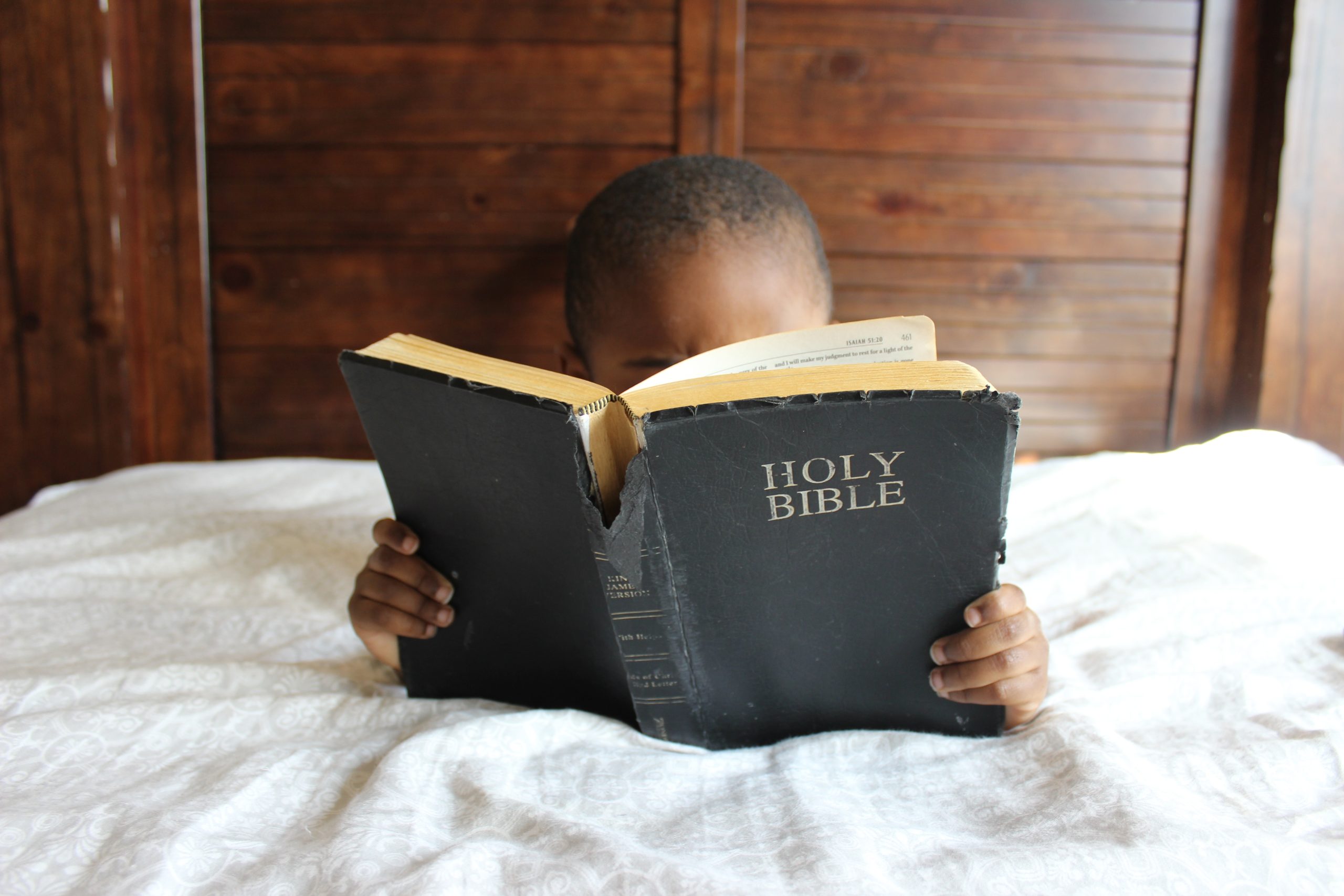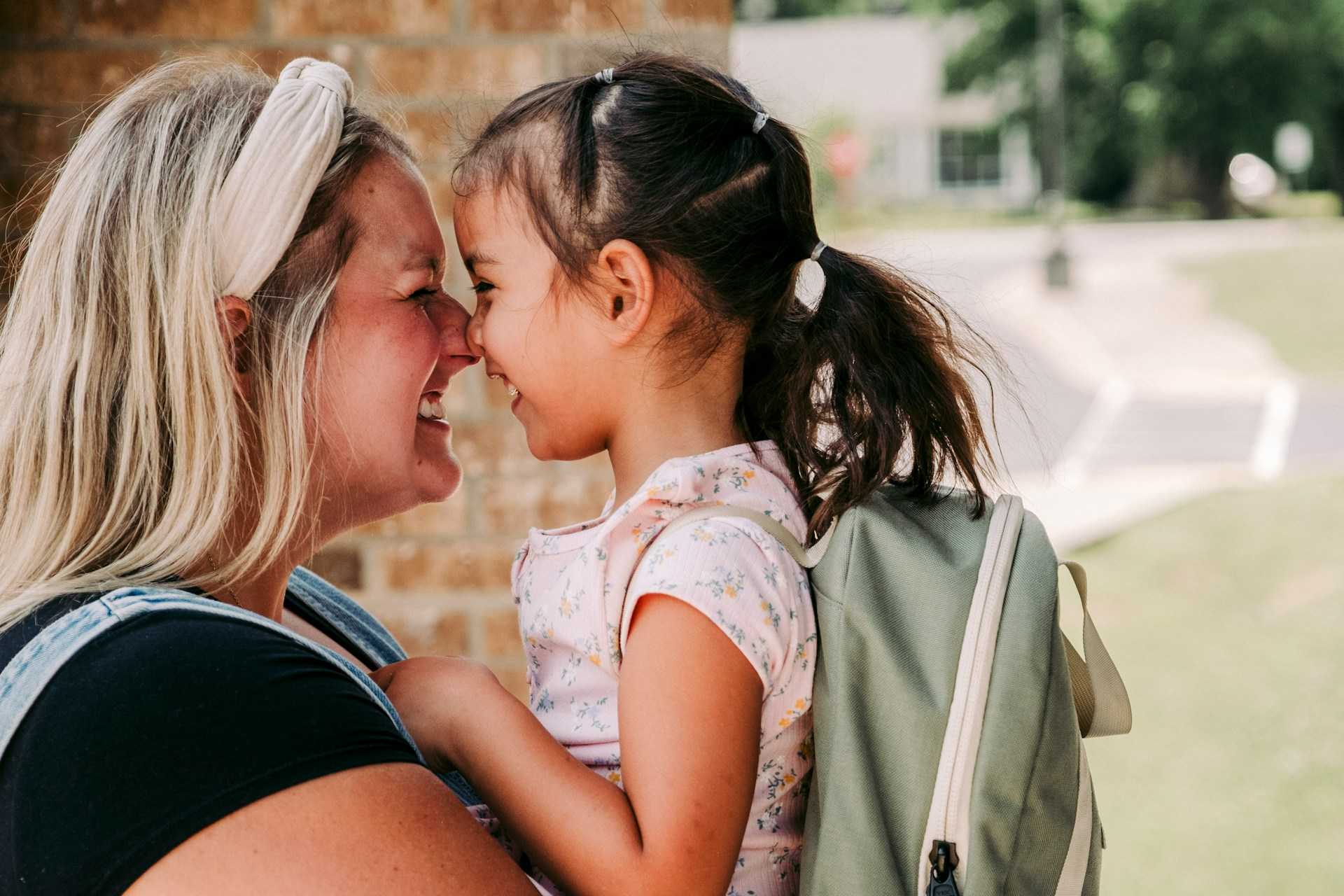It is now believed that birth order traits can influence your child’s personality. Personality is affected by various influences throughout childhood. Different interaction techniques used by parents can influence each child’s personality traits.
Train up a child in the way he should go, Even when he grows older he will not abandon it. – Proverbs 22:6, NASB
What is birth order?
Birth order refers to the child’s position in the sibling hierarchy. In the simplest form, it is determined by the order in which a child is born. Depending on the size of the family, there are typically oldest, middle, youngest, or only child positions. The middle child position can be a little more complex if there is more than one child between the oldest and youngest. McKinney Christian Counseling offers faith-based guidance to help families understand the dynamics of sibling relationships and their impact on personal development.
By understanding birth order, you can understand the various personality traits of your children. It is important to be mindful of the fact that other factors can influence your child’s personality.
How do birth order traits affect personality?
 According to Alfred Adler, birth order impacts the personality of children that are common in most children in that same birth order. Personality is typically defined as the characteristics that a person displays in how he or she reacts. These personalities are formed as the child learns how to interact in his or her environment. Birth order can influence personality through the difference in parenting for each child.
According to Alfred Adler, birth order impacts the personality of children that are common in most children in that same birth order. Personality is typically defined as the characteristics that a person displays in how he or she reacts. These personalities are formed as the child learns how to interact in his or her environment. Birth order can influence personality through the difference in parenting for each child.
Sometimes birth order doesn’t have any influence on the traits that are typical for that birth order. If your child perceives himself or herself in a different role than his or her birth order, he or she may not exhibit traits related to that birth order.
Birth order can also have effects on the way siblings interact with each other and their parents. This is typically influenced by the experiences of the child.
Oldest child birth order traits.
 The firstborn child is the oldest child. Most children in this position exhibit personality traits that result from first-time parents. First-time parents can be overly attentive and extreme about rules. The child is often in the presence of other adults, so this could lead to the more mature, adult-like behavior of the child.
The firstborn child is the oldest child. Most children in this position exhibit personality traits that result from first-time parents. First-time parents can be overly attentive and extreme about rules. The child is often in the presence of other adults, so this could lead to the more mature, adult-like behavior of the child.
Older children sometimes take on the role of the caregiver as they help the parents with the younger children.
Other traits of the oldest child are:
- Structured
- Perfectionistic
- Leadership skills
- High-achieving
- Determined
Middle child birth order traits.
 The child born between the oldest and youngest is referred to as the middle child. This can also entail a third, fourth, or other sequentially-born child. By this time parents are somewhat surer about raising children, but they still have cautions.
The child born between the oldest and youngest is referred to as the middle child. This can also entail a third, fourth, or other sequentially-born child. By this time parents are somewhat surer about raising children, but they still have cautions.
These children never know what it is like to have all the attention from parents. They learn at an early age how to be agreeable and share. When the next sibling is born the middle child experiences being the older sibling and the younger sibling at the same time. He or she tends to be caught between the spotlight of the oldest and the demands of the youngest.
Some of the other traits of a middle child are:
- Creative
- Adaptable
- Flexible
- Rebellious
- Competitive
- Dreamer
- Socially active
Youngest child birth order traits.
The last child the parents have is often referred to as the baby of the family. By this time the parents have often relaxed their parenting styles and they have better ideas of what may come with raising children. This often leads to the youngest child being given a little more freedom.
As the older children grow up and need less from the parents, the youngest siblings begin to receive a bit more extra attention. They can become the more carefree of all the birth orders simply because they have been expected to maintain fewer responsibilities within the family.
Other traits of the youngest child are:
- Spoiled
- Outgoing
- Risk-takers
- Persistent
- Charming
- Tolerant
Only child birth order traits.
As an only child, there are no other siblings with whom to compete for attention. An only child is the parents’ focus. Being the only child can bring higher expectations from parents. The traits of an only child resemble those of an older child. The parent is learning through experience and can be stringent on rules.
The only child can often carry the traits of being a natural leader and independent. Some only children are often more mature simply because most of their interactions are with adults.
More traits of only children are:
- Loyal
- Perfectionistic
- Cautious
- Mature
- Independent
- Sensitive
Conclusion.
Understanding why your child behaves as they do can often be gained through understanding how birth order parenting has affected him or her. By understanding the influences on your child’s behavior, you can help him or her lead a successful life.
If you feel that you need assistance with understanding your family dynamics and how birth order traits affect children, reach out to Christian Counseling at McKinney Christian Counseling. He or she can help create a healthy family environment in your home.
Photos:
“Sisters”, Courtesy of Juliane Liebermann, Unsplash.com, CC0 License; “Mother and Daughters”, Courtesy of Brooke Cagle, Unsplash.com, Unsplash+ License; “Helping Hand”, Courtesy of Annie Spratt, Unsplash.com, CC0 License
-
Cyndi Kay Green: Author
Cyndi Kay Green is a freelance writer and owner of CyndiKay Media. In June 2020, she left the corporate world to become a full-time writer. She has been writing since 1996 with hopes of being able to walk in this calling that God had placed in her he...
DISCLAIMER: THIS ARTICLE DOES NOT PROVIDE MEDICAL ADVICE
Articles are intended for informational purposes only and do not constitute medical advice; the content is not intended to be a substitute for professional medical advice, diagnosis, or treatment. All opinions expressed by authors and quoted sources are their own and do not necessarily reflect the opinions of the editors, publishers or editorial boards of Stone Oak Christian Counseling. This website does not recommend or endorse any specific tests, physicians, products, procedures, opinions, or other information that may be mentioned on the Site. Reliance on any information provided by this website is solely at your own risk.





